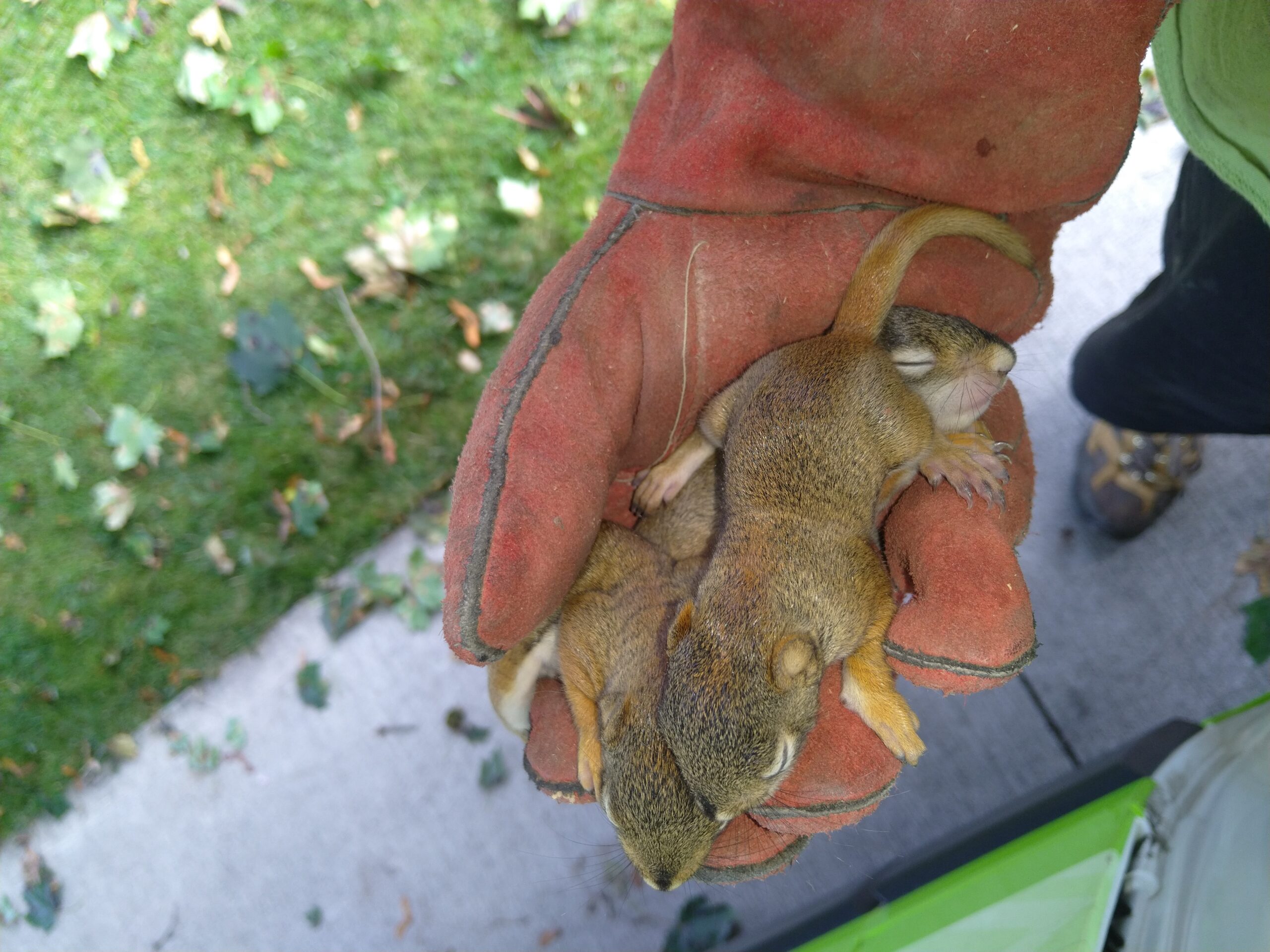Squirrels are so adapted to human environments that they are a part of the scenery in urban environments. It seems they’ve always been there, scampering up trees and across telephone wires. Many homeowners have the unfortunate experience of finding squirrels in the attic, which isn’t where they belong. If you find them there, contact Skedaddle for humane squirrel control. You may watch them in your yard and find them amusing and adorable, yet not know that they play an important role in the ecosystem.
Squirrels Help Forest Ecosystems Thrive
How can this tiny, fluffy-tailed little critter help an entire forest ecosystem thrive? It seems extraordinary, but squirrels play no small part in forest rejuvenation.
Forest Dwellers
Though squirrels are common in urban environments, their natural ecosystem is the forest, and they still rely on trees wherever they reside. Squirrels are physically adapted to tree life. They have double-jointed back legs that allow them to easily scamper up, down and around tree trunks. Their fluffy tails act as rudders that help them steer when they jump, parachutes that slow them down when they fall, and umbrellas that shield them from rain. Squirrels have sharp claws that help them hold on in the trees and dig in the soil to bury and find food.
Seed Dispersers
Other than nuts, squirrels are fans of feasting on fruits and vegetation at mealtime. One of this fluffy-tailed critter’s favourite foods is truffles. These fungi grow beneath the soil’s surface, so their spores stay locked in place until another agent disperses them. When a squirrel eats truffles or fruit, their seeds and spores move through its digestive tract. When the squirrel poops, it deposits them in another area of the forest, thus helping these plants propagate.
Squirrels don’t just cache their food in your yard, they exhibit the same behaviour in the forest. These creatures bury their food to store it for a later time. While they have great memories and utilize physical cues to help them recall where they buried their treasures, they aren’t always successful. If a squirrel forgets where its stash of seeds or nuts is hidden, then the seeds and nuts can eventually sprout into new plants and trees. In this way, squirrels contribute to forest diversity and growth.
Squirrels Are Prey for Other Animals
You may not see much evidence of the role squirrels play in the food chain when you observe them in your yard, other than what they feed upon. Squirrels may be fast movers and capable of quickly escaping many animals (including dogs) by running up the nearest tree, but they are small enough that larger carnivores see them as food. Their natural predators include:
- Red foxes
- Hawks
- Owls
- Lynx
- Grey wolves
- Weasels
When these fierce hunters have a squirrel in their sights, they aren’t easily discouraged and are often faster than the squirrel. The predators are important in helping to keep squirrel populations in check.
Skedaddle Helps With Squirrel Control
In human environments, squirrels primarily stick to the trees. However, these little critters sometimes seek out the warmth and safety of people’s attics. This behaviour can occur at any time, but it is especially prevalent in fall and winter. Additionally, mama squirrels frequently use attics as nesting areas because they offer a protected environment for their little ones. Once inside, squirrels are difficult to remove. They are fast and, though they aren’t typically aggressive, they may become so when cornered.
Skedaddle technicians are experts in wildlife removal in Richmond Hill. They know the right techniques to use to keep everyone, including the squirrels, safe. When the critters are safely back where they belong, we make sure to seal off any potential entry points, so your unwelcome houseguests don’t return. If you need help with squirrel removal, get in touch with us right away!




